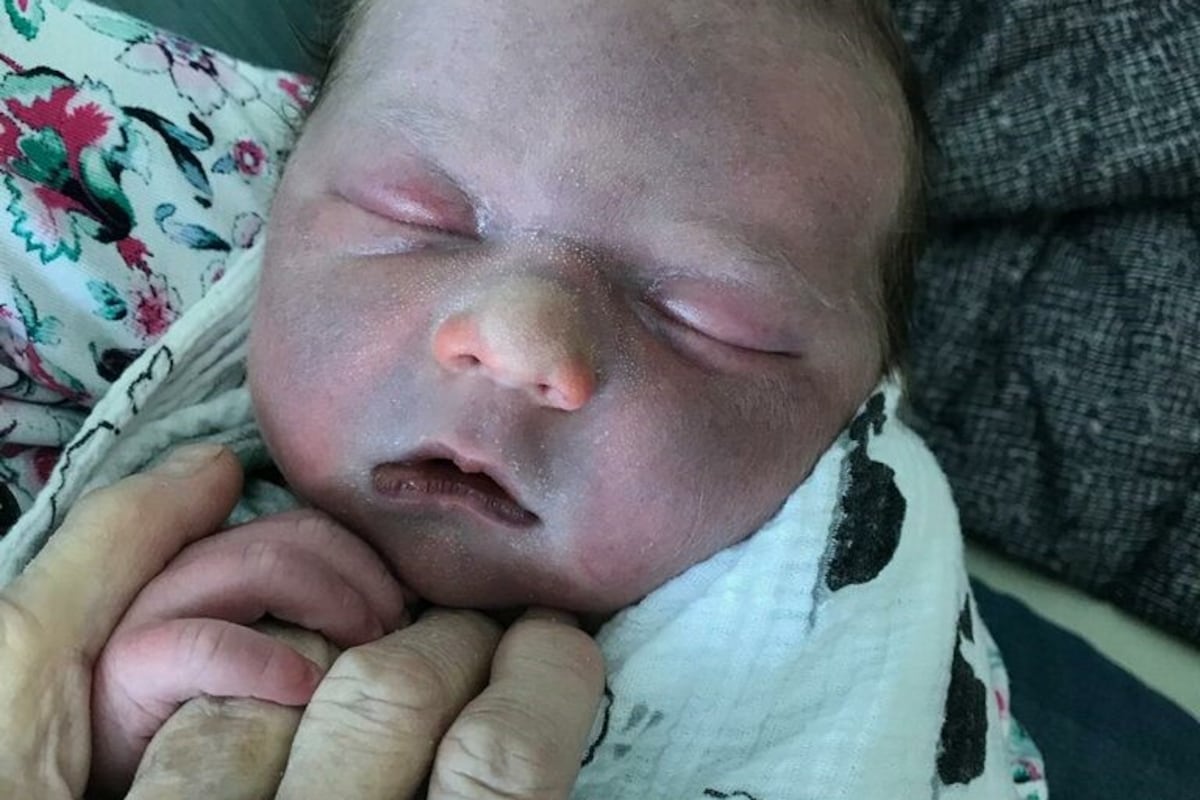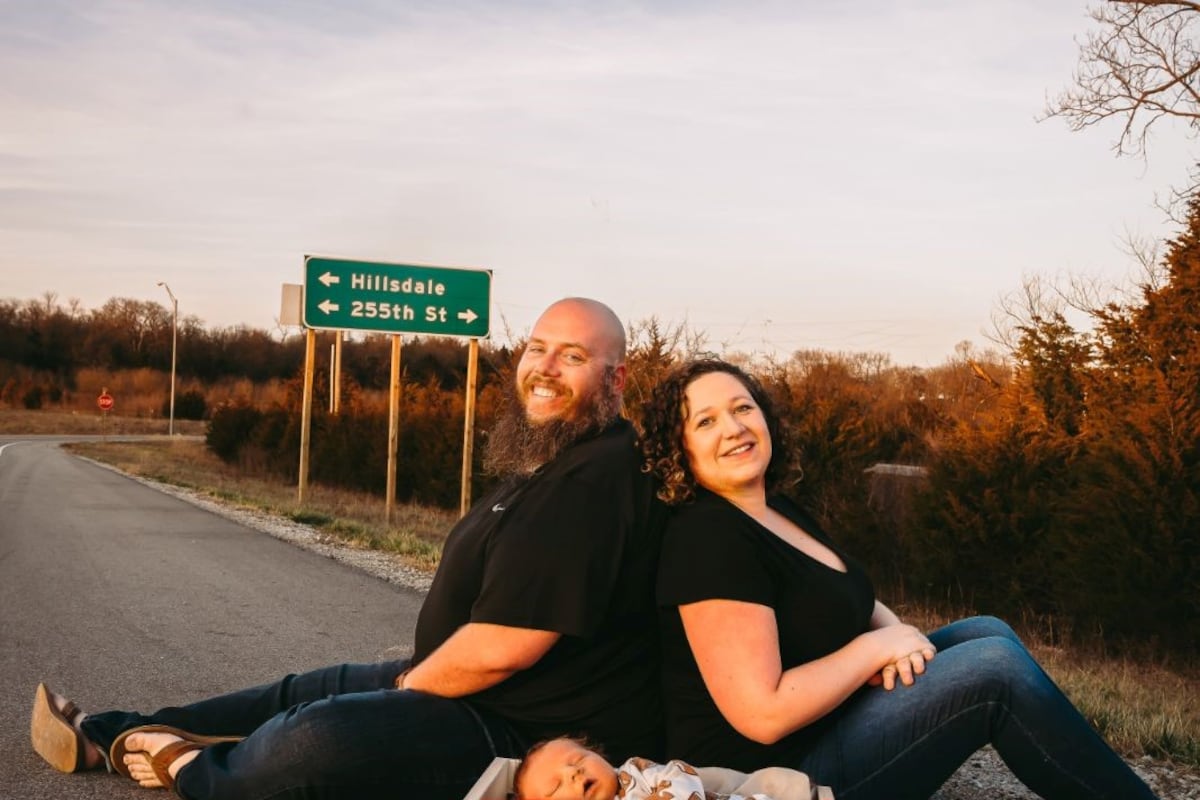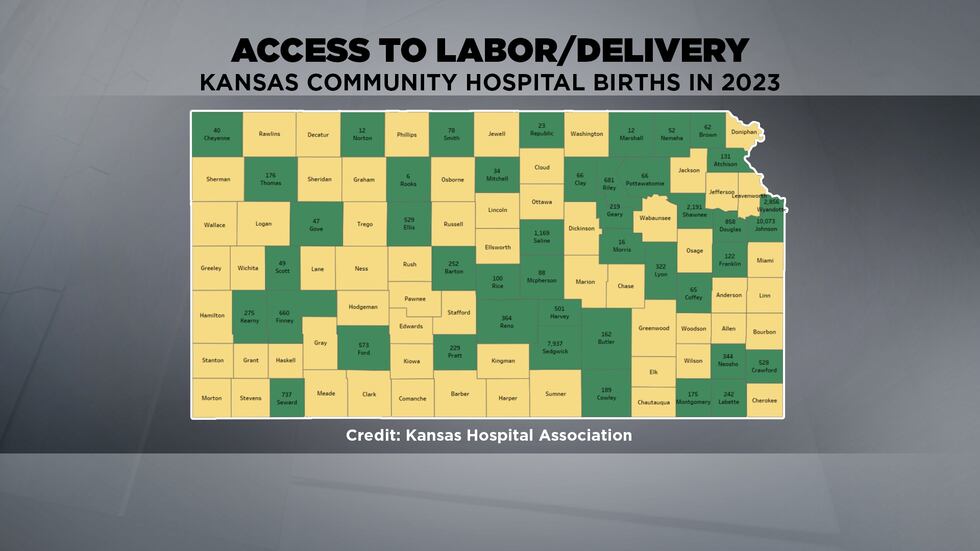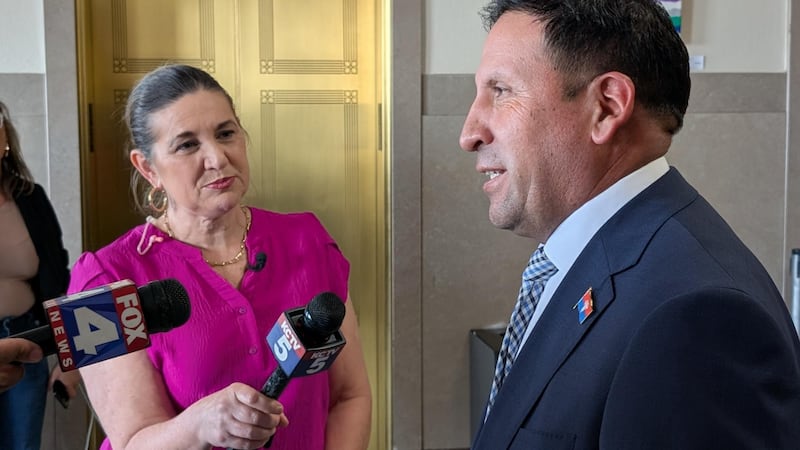The high-risk reality for moms-to-be living in maternity deserts
GARDEN CITY, Kan. (KCTV) - Pregnancy is an exciting, wonderful time for families, for most families. But for some, that excitement could be better described as anxiety.
Some women have medical conditions that can impact the pregnancy or the health of the baby—they’re considered “high-risk” pregnancies.
Jennifer Cunningham knew she was high risk when she became pregnant with her fourth child.
She had pregnancy-induced blook clots with her first pregnancy, then took preventative medications through her other pregnancies.
She lives in Garden City, Kansas. Her biggest concern was finding a high-risk doctor in her area.
She reached out to her former OB for help.
“I said, ‘What am I going to do?’ And she said, ‘I honestly don’t know,’” Jennifer said.
Her birth plan for her pregnancy centered on a highway, and a drive to the University of Kansas Health System.





“I drove there every four weeks for my normal checkup,” said Jennifer. “And they actually did it in Topeka rather than in Kansas City. So, it will make it about a five-hour drive instead of a six or six-and-a-half.”
ALSO READ: ‘We were terrified’: A roadside birth and the harsh reality of maternity deserts in Missouri, Kansas
She and her doctors planned an induction, but just in case she went into labor and had to travel by car, they had a backup about halfway, in Wichita.
“It’s a scary feeling to think, ‘OK, I’m going into labor, and then I’m going to drive three-and-a-half hours to the closest serious maternal-fetal medicine hospital,’” said Jennifer.
As KCTV5 Investigates discovered in an earlier report, even a hospital 30 miles away can be too far—even for a normal delivery.
Riley and Danielle Redenbaugh were trying to make it from Osawatomie to Olathe when Danielle went into labor. Riley delivered their son on the roadside.
According to a March of Dimes Survey, 45 percent of all counties in Kansas are now considered maternity deserts.

While Garden City, in Finney County, is not one of them, the challenges of a high-risk pregnancy can make almost any place outside a major city feel desolate.
This is the latest map from the Kansas Hospital Association. The counties in yellow represent maternity deserts.
And this map, just from last year, is already changing. KCTV5 Investigates discovered two additional counties where OB units recently shut down.
Dr. Robert Moser is with the University of Kansas Health System. He practiced on the Kansas-Colorado border for 22 years.
“As I look at the map out there, all of those counties, including the one I was at, have stopped doing obstetrics,” said Dr. Moser.
He says the closures started about 15 years ago but accelerated in the last five or six years.
“I would say that the majority of deliveries are uncomplicated, fairly straightforward, but they’re not all that way,” said Dr. Moser. And hospitals have to be prepared for those challenging births.
Dr. Moser said hospitals have to consider the cost of the added malpractice insurance, the cost of maintaining supplies, like blood, keeping the staff trained, and having specialties, like anesthesia, available.
“You’re probably not breaking even unless you’re delivering 80 to 100 babies a year,” said Dr. Moser.
Dr. Moser says discussions about rural health have brought up the so-called “hub and spoke model”. Picture the model as a wheel. Satellite offices could provide limited services and pre-natal care. The satellite offices would feed into a hub which would provide a higher level of care.
It’s part of a newer trend in healthcare where larger health systems partner with community providers. To learn more about the care collaborative in Kansas, click here.
“They (satellite offices) are not delivering, so they don’t have the added malpractice, and the added cost of keeping staff trained.”
ALSO READ: Seniors questioned a Kansas City woman’s mysterious death. It turns out she’s alive.
Dr. Moser adds some of the post-delivery care could also be done back in the local community.
When mothers have to travel for pre- and post-natal visits, it can be costly. There are travel costs, and also time away from work, plus childcare costs, if the mother has other children. It is the reality of living in a maternity desert.
Jennifer says she’s talked with other mothers about their concerns and wants families to think about their plan.
“I just want people to know that we need to be proactive about this,” said Jennifer. “And we need to be really seriously having these conversations and catering to those doctors who are willing to come to areas like this and doing things that will get them here and maybe keep them.”
For more KCTV5 Investigates reports, click here.
Copyright 2024 KCTV. All rights reserved.








